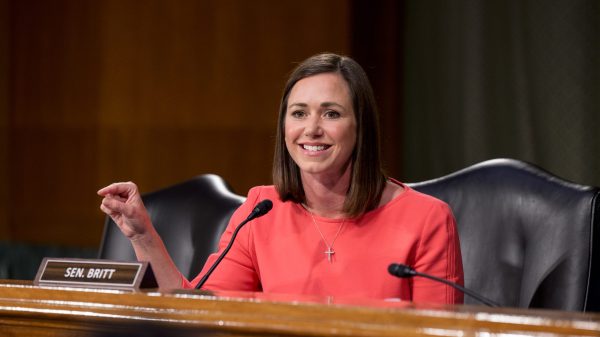By Brandon Moseley
Alabama Political Reporter
Tuesday, July 18, 2017, The US Department of Agriculture (USDA) announced an atypical case of Bovine Spongiform Encephalopathy (BSE), a neurologic disease of cattle, popularly referred to as “Mad Cow Disease,” in an eleven-year old cow at a livestock market in Alabama.
The USDA reports that this animal never entered slaughter channels and at no time presented a risk to the food supply, or to human health in the United States. The USDA Animal and Plant Health Inspection Service’s (APHIS) National Veterinary Services Laboratories (NVSL) have determined that this cow was positive for atypical (L-type) BSE. The animal was showing clinical signs and was found through routine surveillance at an Alabama livestock market.
USDA reports that APHIS and Alabama veterinary officials are gathering more information on the case.
BSE is not contagious and exists in two types – classical and atypical. Classical BSE is the form that occurred primarily in the United Kingdom, beginning in the late 1980’s, where over 120,000 head of British were tested positive for the disease which has been linked to variant Creutzfeldt-Jakob disease (vCJD) in people. The primary source of infection for classical BSE is feed contaminated with the infectious prion agent, such as meat-and-bone meal containing protein derived from rendered infected cattle. Following the outbreak in Great Britain, regulations from the Food and Drug Administration (FDA) have prohibited the inclusion of mammalian protein in feed for cattle and other ruminants since 1997 and have also prohibited high risk tissue materials in all animal feed since 2009. The British cattle were fed brains and spinal material from infected cattle as a protein supplement in bovine rations. Persons who consumed the beef from infected cattle may have contracted the variant of Creutzfeldt-Jakob Disease.
Atypical BSE is different, and it generally occurs in older cattle, usually 8 years of age or greater. It seems to arise rarely and spontaneously in all cattle populations.
This is only the 5th detection of BSE. Of the four previous US cases, the first was a case of classical BSE that was imported from Canada; the rest have been atypical (H- or L-type) BSE. This is the second case in Alabama. The previous cow, in 2006, was a Santa Gertrudis cow that the rancher had bought from a stockyard and investigators were not able to trace to her point of origin.
Alabama Commissioner of Agriculture and Industries John McMillan (R) said in a statement. “The Alabama beef industry is vital to our State’s agriculture economy. The response to this case by USDA officials and our department’s professionals led by State Veterinarian Dr. Tony Frazier has been exemplary. This instance proves to us that our on-going surveillance program is working effectively.”
State Veterinarian Dr. Tony Frazier added, “The ADAI conducts routine surveillance that includes collecting samples by trained field staff and veterinarians and has a response plan in place.”
The United States Cattlemen’s Association (USCA) applauded the work of officials to identify the cow and remove any possible disruptions to the nation’s food chain. USCA President Kenny Graner said, “USCA appreciates the swift response and communication by the USDA to both industry and consumers on this issue. The safeguards in place by the US worked successfully to detect this atypical case before any product entered the food supply.”
The World Organization for Animal Health (OIE) has recognized the United States as negligible risk for BSE. As noted in the OIE guidelines for determining this status, atypical BSE cases do not impact official BSE risk status recognition as this form of the disease is believed to occur spontaneously in all cattle populations at a very low rate. Therefore, this finding of an atypical case will not change the negligible risk status of the United States, and should not lead to any trade issues.
(Original reporting by the Drover’s Journal contributed to this report)























































